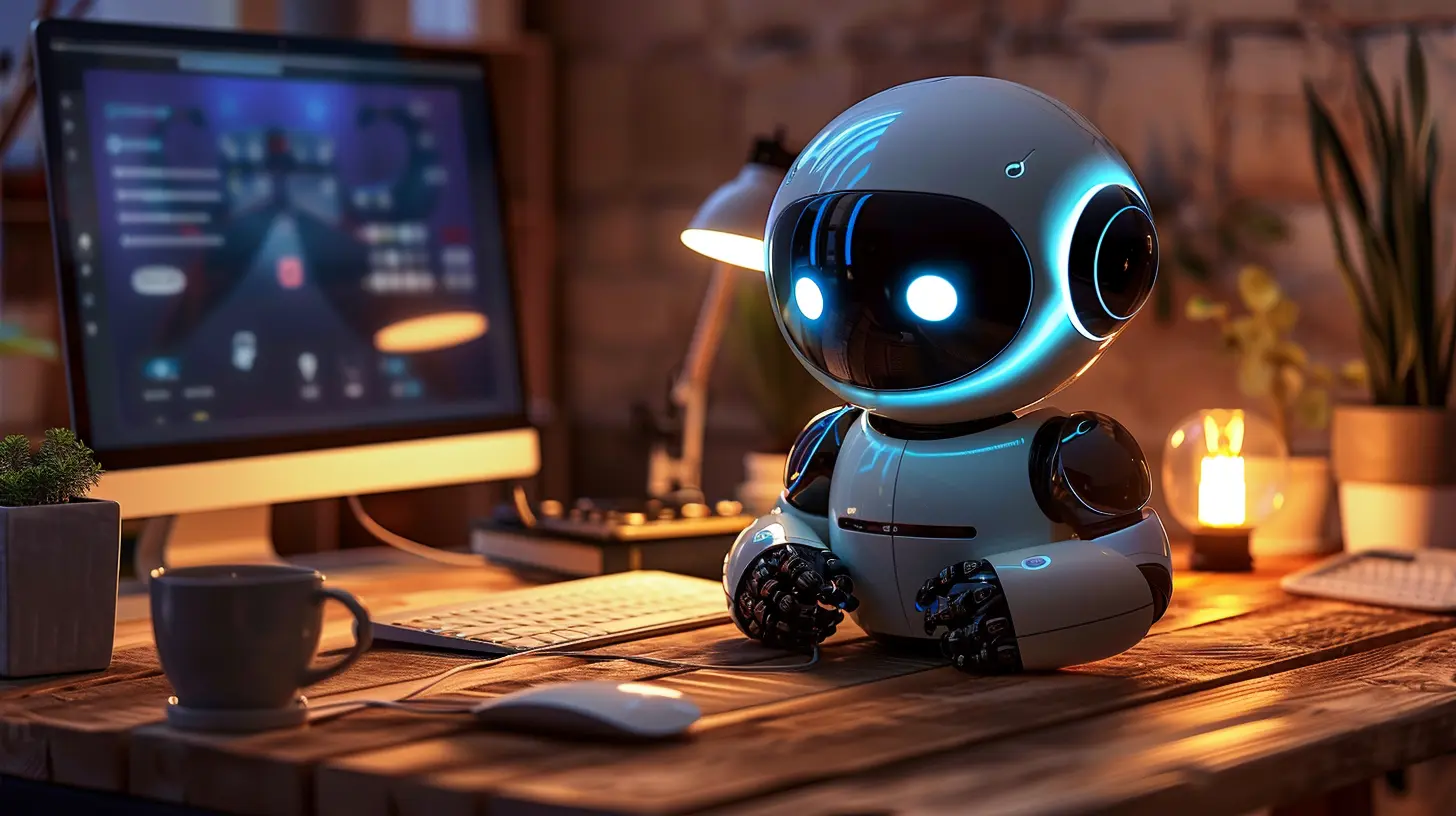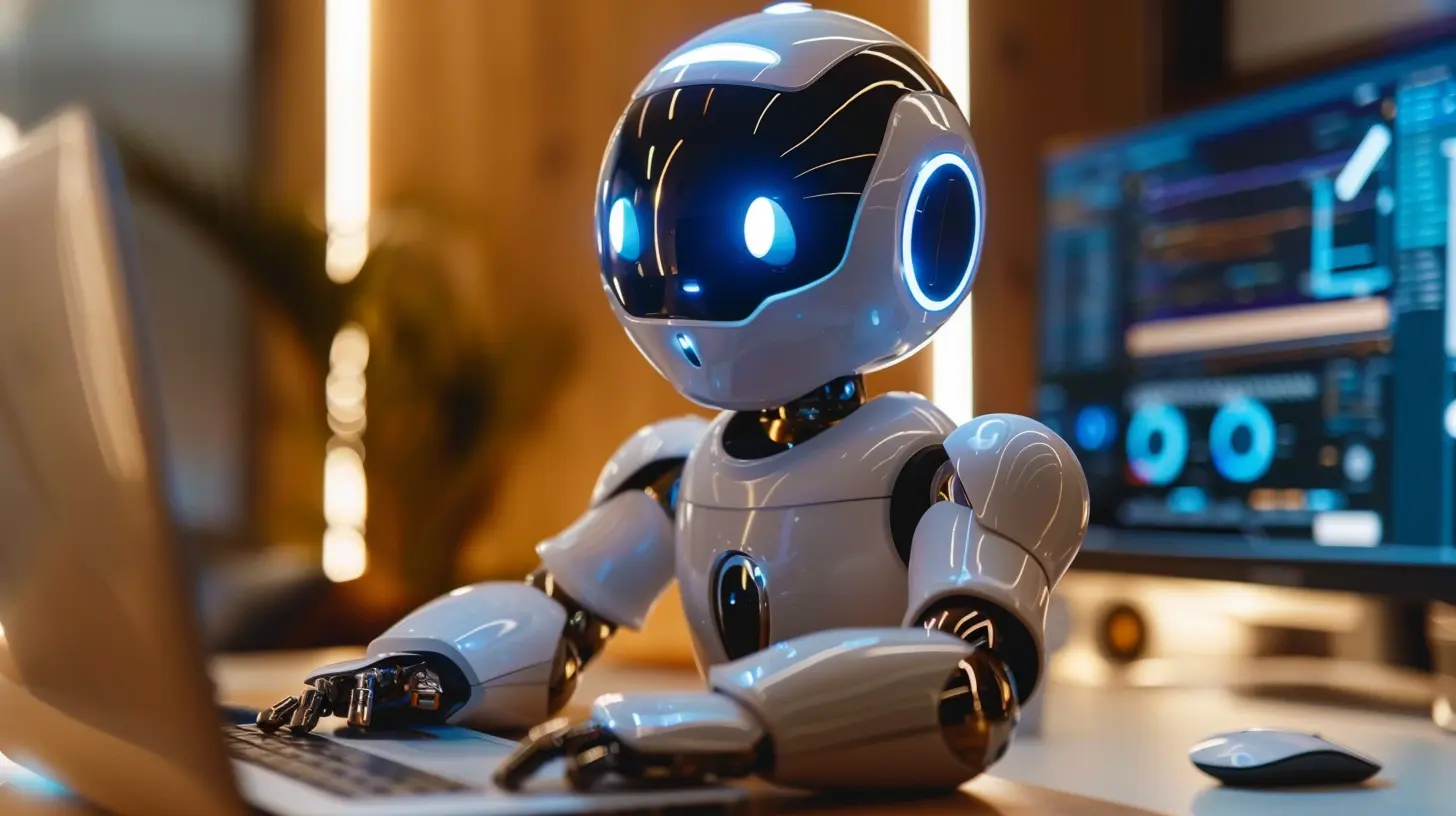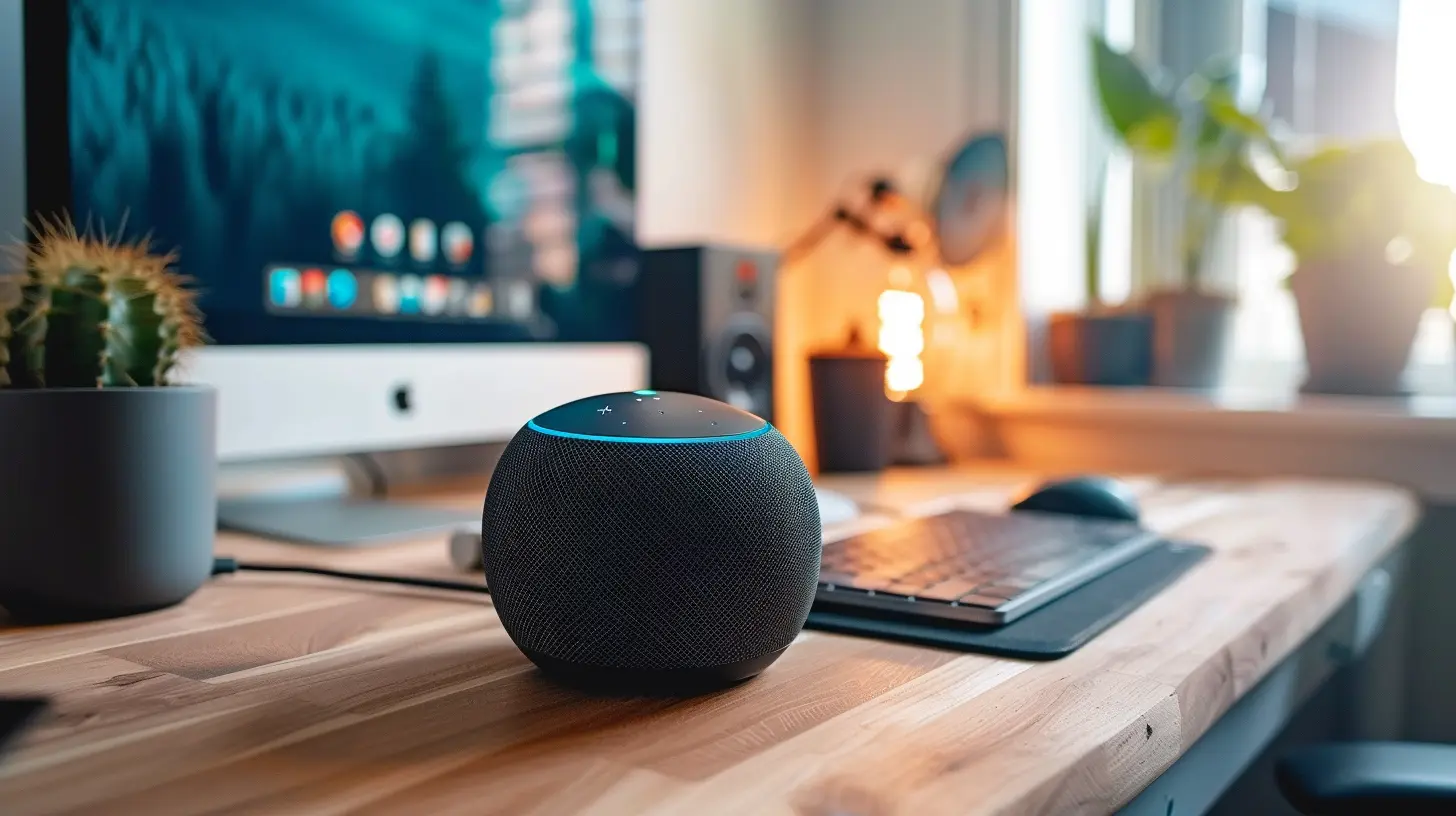Using Digital Assistants to Improve Personal Productivity
29 September 2025
We’re living in a world where time is the new currency. No matter your job or lifestyle, there just never seems to be enough of it. Between juggling emails, meetings, errands, and personal goals, staying productive feels like an uphill battle. But here’s the good news: you don’t have to do it all alone. That’s where digital assistants come in.
Imagine having a super-organized, never-forgetful, always-on helper in your pocket — sounds nice, right? That’s essentially what a digital assistant is. From Siri and Alexa to Google Assistant and specialized productivity bots, these tools are quietly transforming how we work and live.
Let’s dive into how using digital assistants to improve personal productivity is not only possible but also incredibly effective.
What Are Digital Assistants?
Before we talk about how they boost productivity, let’s demystify what digital assistants actually are.Digital assistants are AI-powered software applications that help users perform tasks or services. They use natural language processing (NLP) to understand your voice or text commands and respond accordingly. Think of them like a virtual concierge—ready to assist whenever you ask.
Some popular examples:
- Siri (Apple)
- Google Assistant (Google)
- Alexa (Amazon)
- Cortana (Microsoft)
- Bixby (Samsung)
But it's not just about the big names. There are specialized tools like Grammarly, Otter.ai, Notion AI, and Todoist with smart automation features designed to make your day-to-day smoother.
Why Personal Productivity Needs a Boost
Let’s be real — there are just too many distractions. Social media, emails, and constant notifications make it hard to stay focused. Productivity isn’t just about getting more done; it’s about managing energy, attention, and time.That’s where digital assistants step in. They’re not trying to replace you. Instead, they support you by handling repetitive tasks, providing reminders, organizing your thoughts, and more.
1. Task Management Made Effortless
Raise your hand if you’ve ever forgotten a meeting or totally spaced on a deadline. Yup, we’ve all been there.Digital assistants can keep your calendar in check. Google Assistant, for instance, can schedule meetings, send calendar invites, and even remind you a few minutes beforehand. Voice commands like “Remind me to call John at 3 PM” or “What’s on my calendar tomorrow?” are all it takes.
Some assistants integrate with to-do apps like Todoist or Microsoft To Do. You can easily add tasks just by saying them out loud. You speak, it types — talk about a productivity superpower.
2. Email & Communication — Sorted
Inbox overwhelm is real. But digital assistants can help declutter it.Tools like Cortana or Google Assistant can read out your emails, summarize important ones, or even draft a quick reply. AI writing assistants like Grammarly or ChatGPT can help you write more effective messages and documents when you're short on time (and patience).
Need to transcribe a meeting? Use Otter.ai to do it in real-time. Suddenly, those hour-long meetings feel a bit less like a time sink.
3. Smarter Scheduling
Tired of playing calendar ping-pong? Digital assistants, especially those integrated with tools like Calendly or Microsoft Outlook, can automate scheduling.Some systems are getting so good that they can interpret vague human speech like “schedule a lunch meeting with Sarah next week” and automatically find an available slot that works for both parties.
Even better? They send invites, adjust for time zones, and remind you when it’s time to hop on Zoom.
4. Voice Commands = Time Saved
Typing is so 1999. Okay, not really, but voice commands are faster and hands-free.Imagine you're cooking, walking your dog, or in the middle of something messy, and you suddenly remember you need to buy a gift or book a flight. Just say it out loud to your digital assistant. “Hey Alexa, add birthday gift to my shopping list.”
No hands? No problem.
These little moments add up. Over time, you save hours just by speaking instead of tapping through screens.
5. Focus Mode & Routine Management
Ever heard of "decision fatigue"? It's when your brain gets tired from making too many choices. It’s real, and it's sneaky.Digital assistants can help by creating routines. For example:
- Mornings? Get a weather report, latest news, and your to-do list read out loud.
- After work? Cue relaxing music, dim the lights, and remind you to stretch.
This structure helps automate daily decisions, freeing your brainpower for stuff that really matters.
6. Learning and Research On-the-Go
Need to look something up while driving or working out? Digital assistants have your back.“Hey Google, what’s the capital of Iceland?” Or maybe you want to know, “What are the side effects of too much caffeine?” These tools bring information straight to you wherever you are.
It’s like having a pocket-sized librarian who never sleeps.
Also, AI tools like ChatGPT or Bing Chat can help you summarize articles, brainstorm ideas, or explain complex topics in simple terms.
7. Smart Home Integration for Productivity
Productivity isn’t just about work — it’s about life, too.Digital assistants can connect to your smart home and help streamline everything. Imagine waking up to soft lighting, your favorite playlist, and coffee already brewing. All with one command or automatically triggered by a routine.
Multitasking becomes effortless. While you're replying to emails, your assistant could be adjusting the room temperature or starting your laundry.
Yep, that’s 21st-century magic.
8. Onboarding and Admin Help
If you manage a team or run a business, you’ll love this: some digital assistants can be trained to help onboard new employees or handle admin tasks.Using chatbots or AI tools, you can automate FAQs, send welcome emails, or help users find internal documents. Think of it as your digital office assistant who never needs a coffee break.
9. Mindfulness and Self-Care Support
Let’s not forget mental well-being. Burnout is a productivity killer.Tools like Apple’s Siri or Google Assistant can remind you to take breaks, meditate, or even track your water intake. You can get daily affirmations, quick breathing exercises, or prompts to journal.
Taking care of your mind is just as important as crossing off tasks from your to-do list. Your digital assistant can nudge you to be kinder to yourself.
Are There Downsides?
Sure, nothing’s perfect. Privacy is a concern — digital assistants are constantly listening (or at least waiting to). Always make sure to tweak your privacy settings and know what data is being stored.Also, reliance on digital tools can sometimes cause us to zone out or get lazy. It’s important to use them to assist, not completely take over.
Balance is key.
Tips to Get the Most from Your Digital Assistant
Want to become a productivity ninja with your assistant? Here’s how:1. Customize your routines – Tailor them to your lifestyle.
2. Use voice and text – Mix them up depending on your situation.
3. Integrate with apps – Link your to-do list, calendar, email, etc.
4. Review privacy settings – Always good to know what’s being stored.
5. Experiment + Learn – Try new features and stay updated.
Final Thoughts
Using digital assistants to improve personal productivity isn’t some futuristic dream — it’s happening right now. Whether you're overwhelmed with tasks or simply want to make life a little smoother, these AI-powered tools are here to help.They don’t just save time; they give you brain space. Instead of sweating the small stuff, you can focus on the big things — your goals, relationships, health, or even just a few moments of peace.
So, next time your hands are full or your mind feels scattered, ask for some help. It’s not cheating — it’s smart living.
all images in this post were generated using AI tools
Category:
Digital AssistantsAuthor:

Adeline Taylor
Discussion
rate this article
1 comments
Bennett Bishop
This article offers valuable insights into leveraging digital assistants for enhanced productivity. The tips are practical and actionable, making it easier for readers to integrate these tools into their daily routines. However, it could benefit from more real-life examples to illustrate the effectiveness of these strategies.
October 19, 2025 at 4:32 AM

Adeline Taylor
Thank you for your feedback! I appreciate your suggestion for more real-life examples and will consider incorporating them in future updates to enhance the article further.


